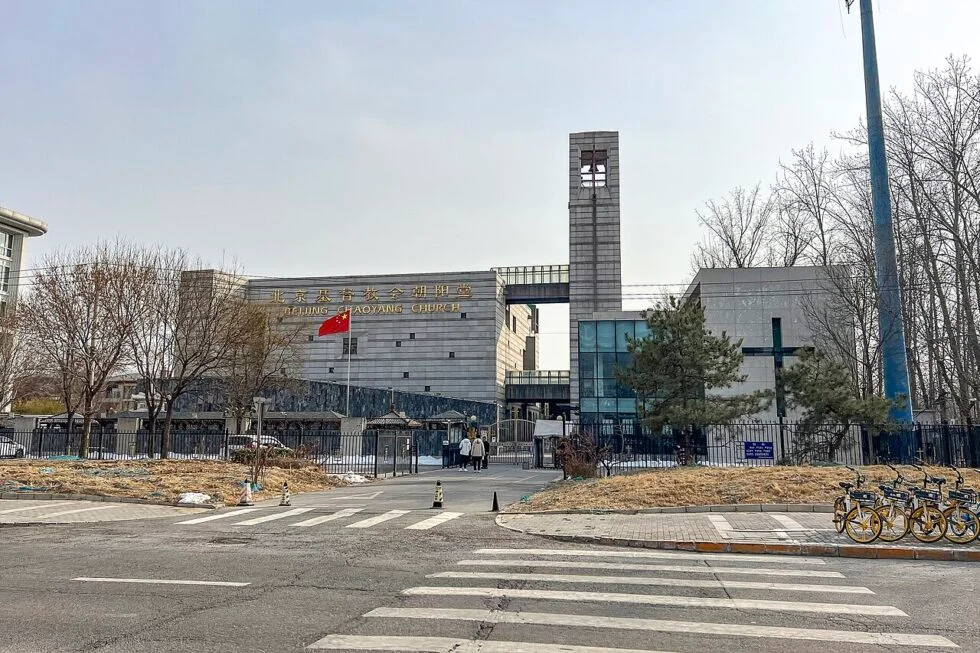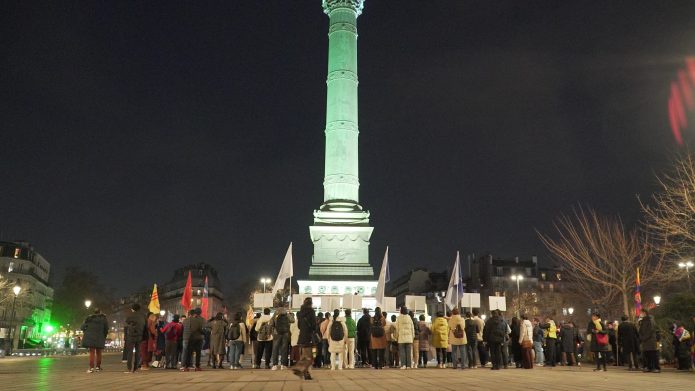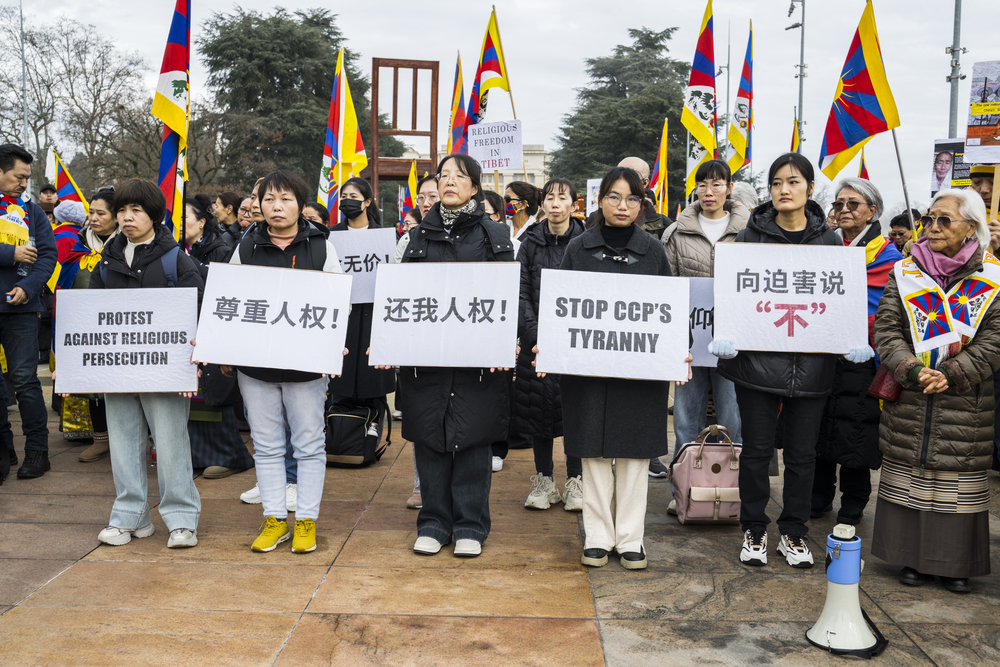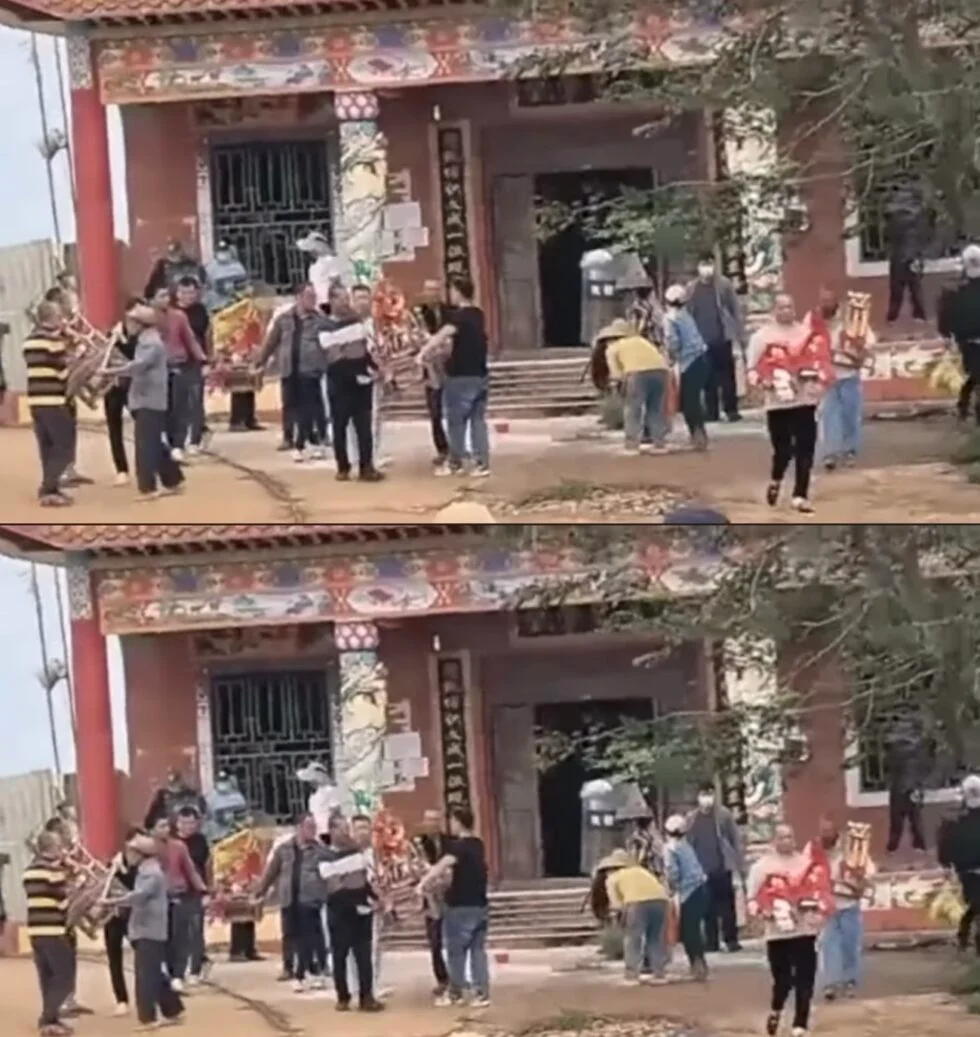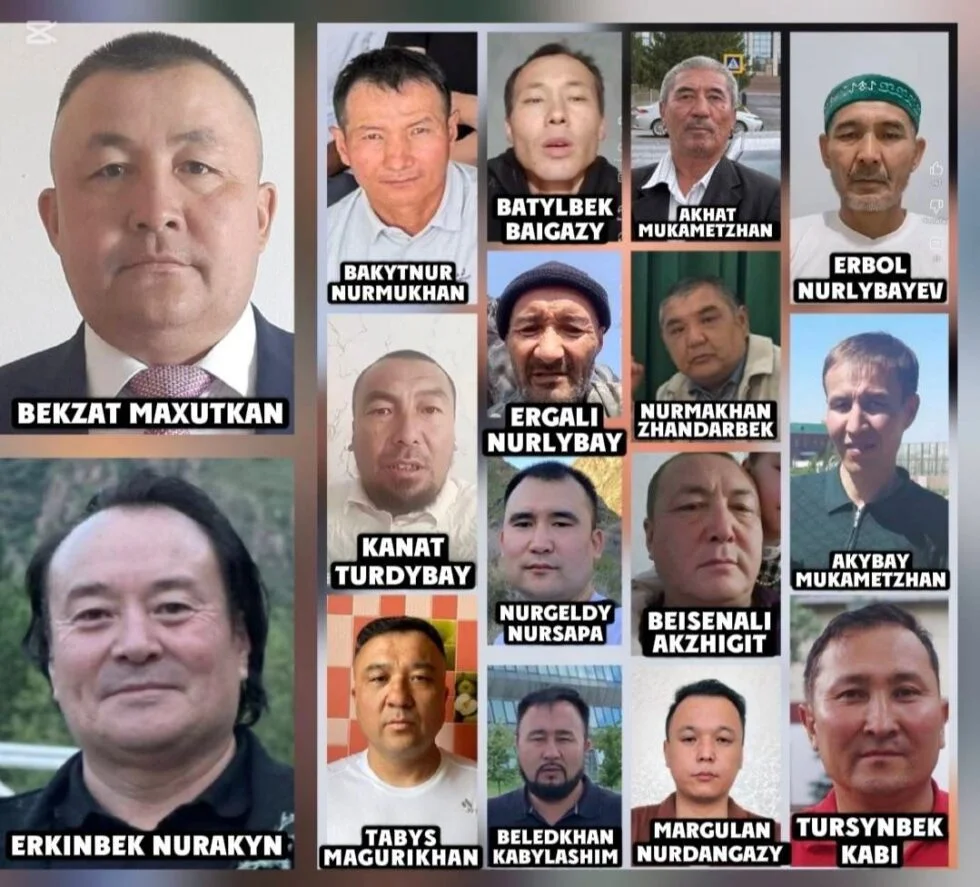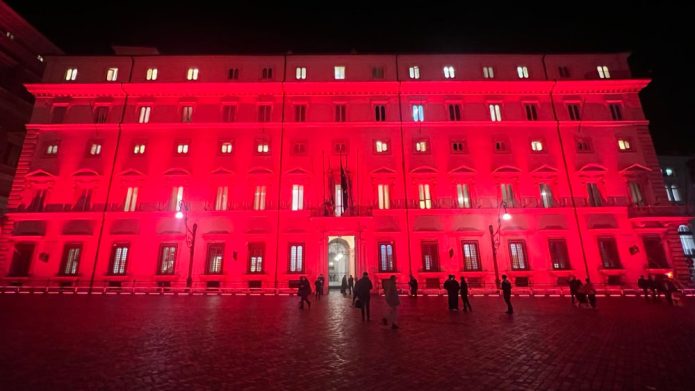A study by Rian Thum shows how the most beloved Uyghur shrines are being either “museumified” or destroyed.
by Massimo Introvigne
Rian Thum, from the University of Nottingham, is one of world’s leading experts in Uyghur traditions and culture. On August 24, he has published in the journal Made in China a seminal, if sad, article on the desecration of mazars in Xinjiang, that Uyghurs prefer to call East Turkistan.
Tum discusses what a mazar is. It is most often a shrine dedicated to a saint, a hero, a scholar, and includes his or her grave. But it can be almost everything, including “sacred trees or springs, footprints or stopping places of holy people, or the locations where sacred personages disappeared.” While the non-grave mazars represent a “tiny minority,” Thum argues that their existence shows that what is important here is the sacralization of space. Pilgrims come, the place is decorated with thousands of banners, old rituals are performed, and new ones are created. A mazar is, above all, a sacred space, and a claim that the sacred is more powerful than the forces that would try to suppress it.
This is why the CCP, having destroyed en masse mosques and cemeteries in Xinjiang, is also attacking the mazars. A central point in Thum’s article is that mazars are not destroyed because the CCP needs the land for some other projects. Some are lost among the dunes, far away from any village or land good for agriculture. The CCP destroys the mazars because it wants to “cleanse the space” from religion. “Destruction, Thum writes, seems to have been the point in and of itself, not a sacrifice to some economically valuable end.”

First came what Thum calls “museumification” of important mazars. They have not been destroyed, but transformed into museums where tourists, mostly Han Chinese, enter by paying a ticket. Generally, tickets are too expensive for Uyghur pilgrims, and at any rate a cultural visit is not a pilgrimage. “Sanctuaries full of Han Chinese tourists, souvenir sellers, and guides” are no longer religious spaces. The CCP seems to understand that a mazar is not just a memory, it is continuously recreated by the interaction between the sacred space and the pilgrimages.
Other mazars appear to have been simply destroyed, as in the case of the beloved mazar of Imam Je’firi Sadiq, 75 kilometers from the city of Niya. And there is satellite evidence that even the mazar Ordam Padshah, located in the desert outside of Yengisar, has been demolished. Thum mentions the fire at Notre Dame in Paris, and comments that for many Uyghurs, Ordam Padshah is not less important than Notre Dame for the French.
The pattern seems to be the same: first, pilgrimages and religious festivals are forbidden, then the mazars are destroyed, leaving just some that are “museumified” for the tourists. Thum sees here a remake of the destruction of the old city of Kashgar, where 70% of the mosques have been closed, and even of the traditional Uyghur houses, as described in a recent study by Timothy Grose. The CCP is not happy to just detain the Uyghurs and other Muslim Turkic peoples in the transformation through education camps in Xinjiang, it destroys and desecrates the space they once inhabited. What is left, adding insult to injury, is reconstructed as a museum, which should entertain the tourist and sustain the fake news that the ancient culture is being preserved.
As for the Uyghurs, they are directed to new shrines, or else. While mazars are being destroyed, the CCP has spent millions to build in Kashgar the Ban Chao Memori44al (班超纪念公园), later expanded into the Pantu City Scenic Area (月起盘橐城景区). It glorifies Chinese general Ban Chao (班超,32–102 CE), who during the Western Han dynasty shortly came to control part of the territory that is now the Xinjiang Autonomous Region. Unlike in the “museumified” mazars, entry is free, and the CCP’s political message, although historically false, is clear: Xinjiang has always been, and will always remain, part of China.
Source: Bitter Winter



